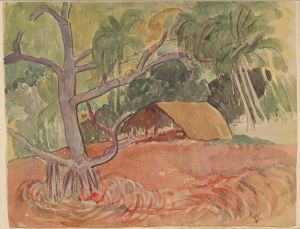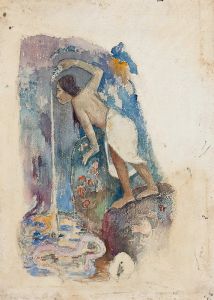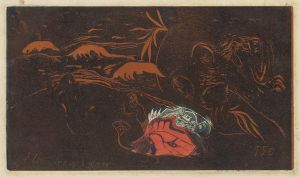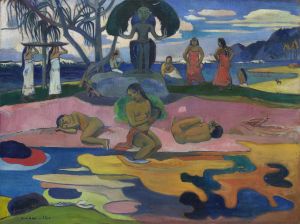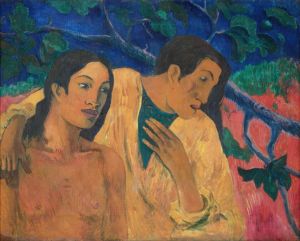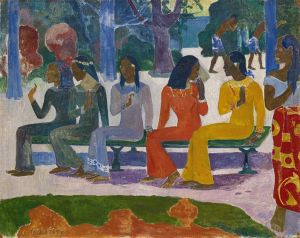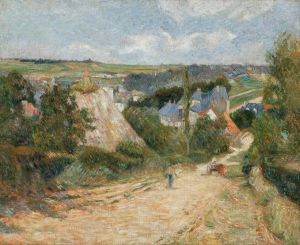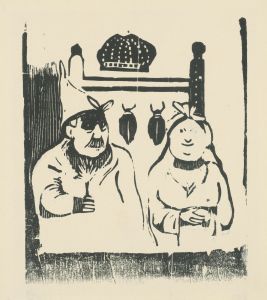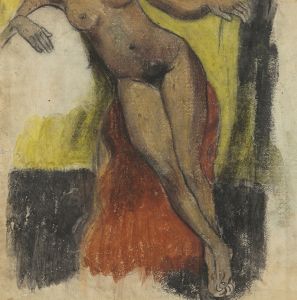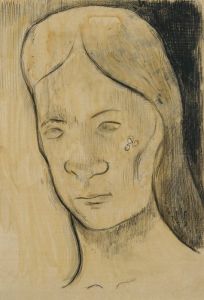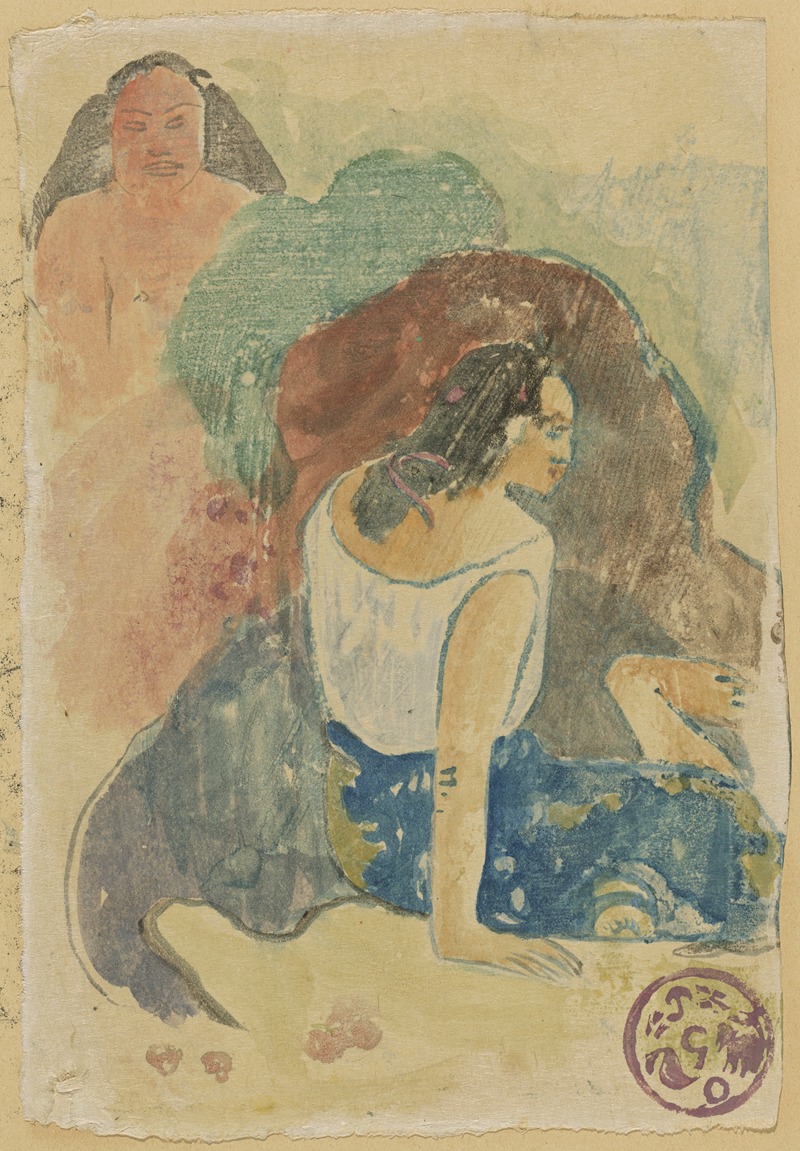
Arearea no Varua Ino
A hand-painted replica of Paul Gauguin’s masterpiece Arearea no Varua Ino, meticulously crafted by professional artists to capture the true essence of the original. Each piece is created with museum-quality canvas and rare mineral pigments, carefully painted by experienced artists with delicate brushstrokes and rich, layered colors to perfectly recreate the texture of the original artwork. Unlike machine-printed reproductions, this hand-painted version brings the painting to life, infused with the artist’s emotions and skill in every stroke. Whether for personal collection or home decoration, it instantly elevates the artistic atmosphere of any space.
Arearea no Varua Ino (translated as Reverie of the Evil Spirit) is a painting created by French Post-Impressionist artist Paul Gauguin in 1894. This work is part of Gauguin's Tahitian period, during which he sought to capture the spiritual and cultural essence of the Polynesian islands. Gauguin moved to Tahiti in 1891, seeking inspiration and a break from European artistic conventions. His works from this period often reflect his fascination with the local traditions, myths, and landscapes.
The painting depicts a group of Tahitian women in a lush, tropical setting. In the foreground, two women are seated on the ground, one of whom appears to be playing a flute. Behind them, a standing figure is draped in a red garment, gazing into the distance. The background features a dense, vibrant jungle, rendered in Gauguin's characteristic use of bold colors and flattened forms. The composition is imbued with a sense of mystery and spirituality, which is a recurring theme in Gauguin's Tahitian works.
The title, Arearea no Varua Ino, suggests an engagement with Polynesian spirituality, as "Varua Ino" translates to "evil spirit" in Tahitian. Gauguin often incorporated elements of Tahitian mythology and symbolism into his art, though his interpretations were influenced by his own imagination and Western perspectives. The painting's title and imagery hint at a narrative or ritualistic context, though the exact meaning remains ambiguous.
This artwork exemplifies Gauguin's distinctive style, which combines elements of Symbolism and Primitivism. He rejected the naturalistic representation of his European contemporaries, instead favoring simplified forms, vivid colors, and a focus on emotional and symbolic content. Gauguin's Tahitian paintings, including Arearea no Varua Ino, played a significant role in shaping modern art movements, influencing artists such as Pablo Picasso and Henri Matisse.
Today, Arearea no Varua Ino is held in the collection of the Musée d'Orsay in Paris, France. The painting is recognized as an important example of Gauguin's exploration of non-Western cultures and his innovative approach to color and composition. It continues to be studied and admired for its artistic and cultural significance.






